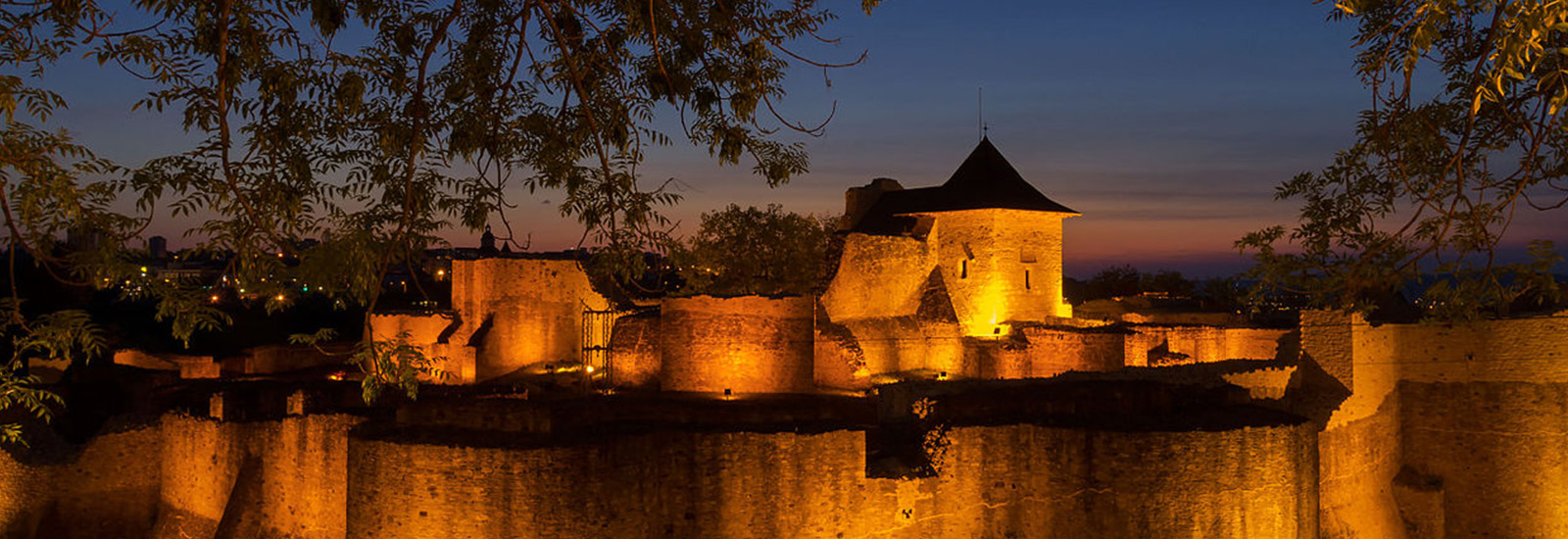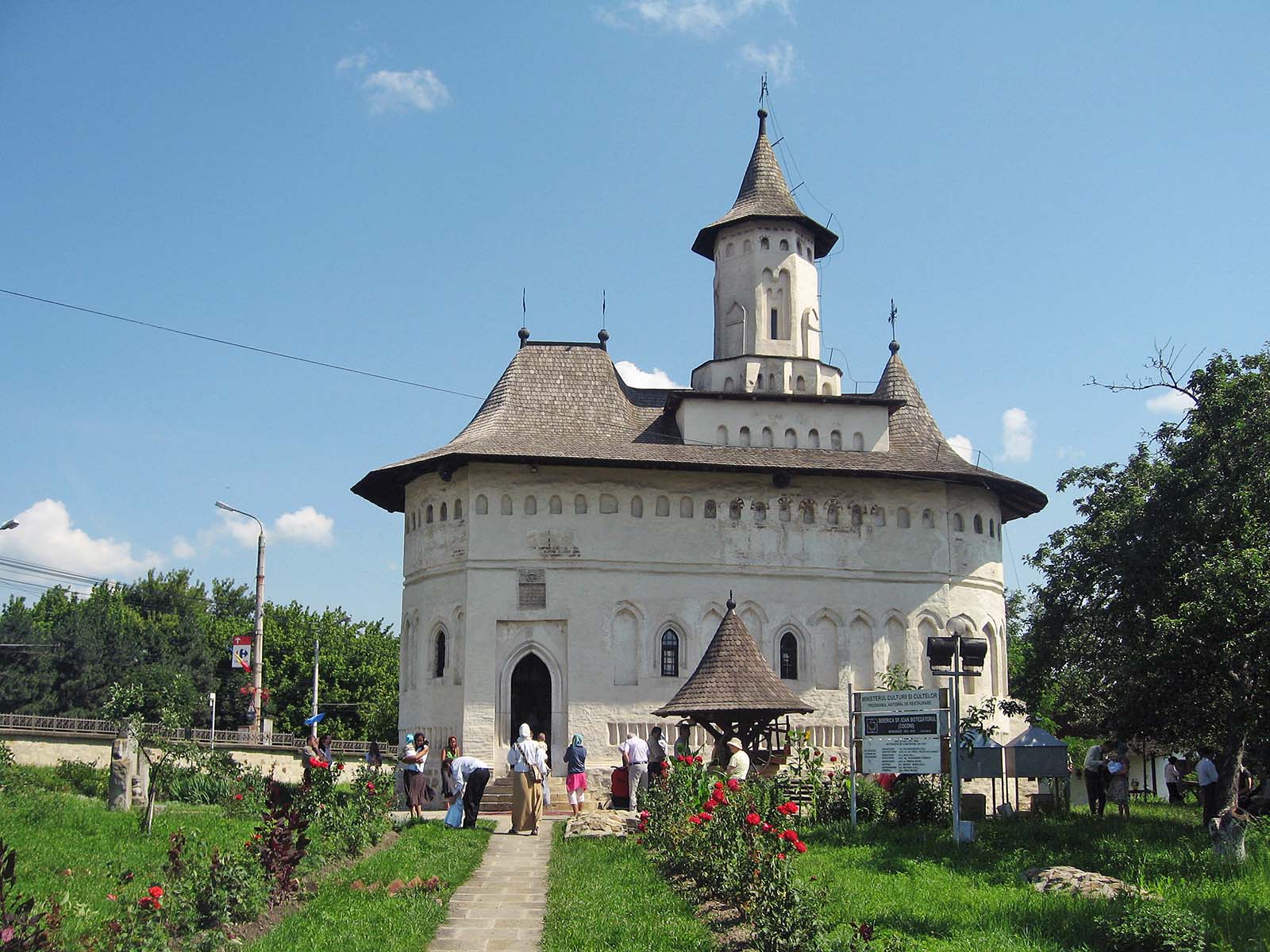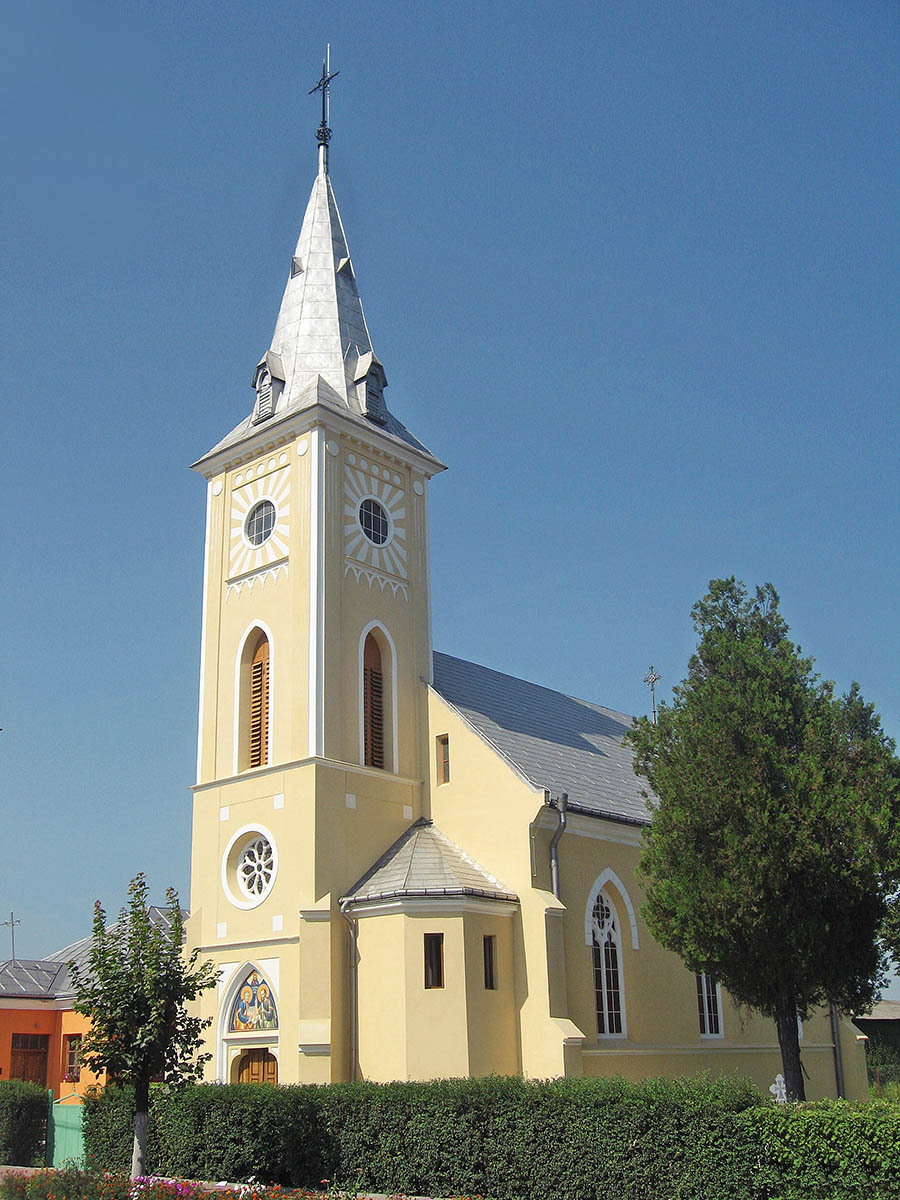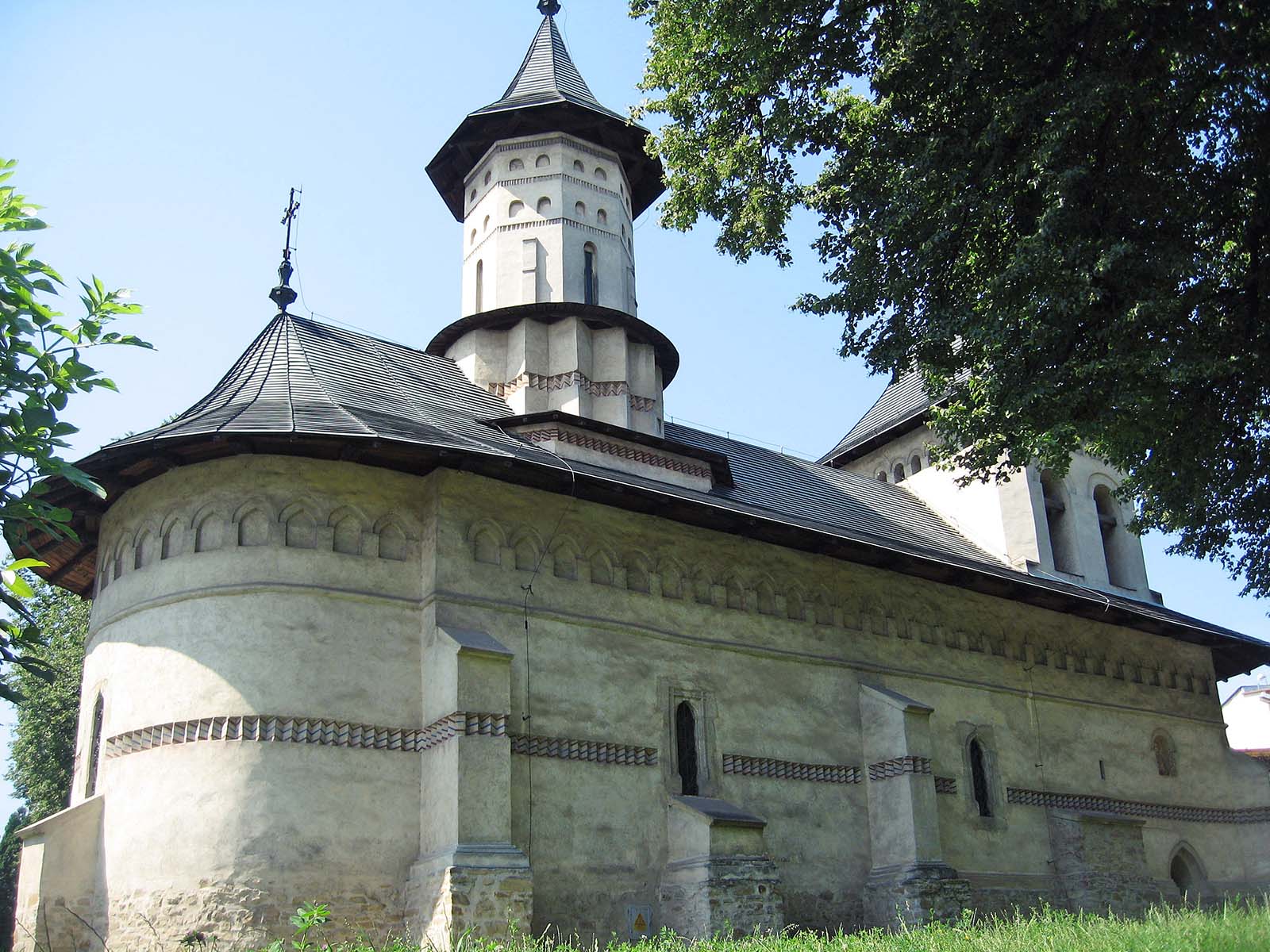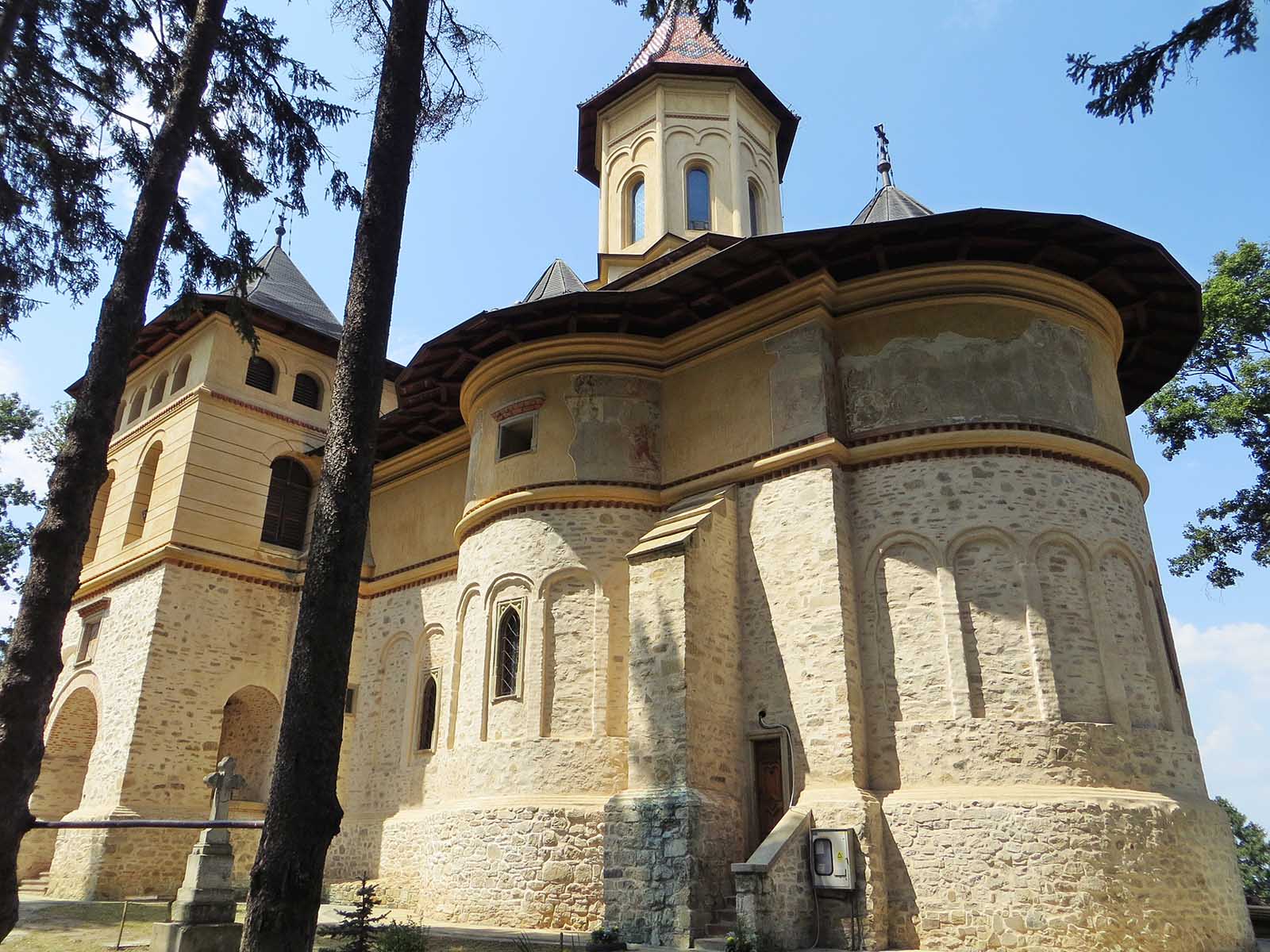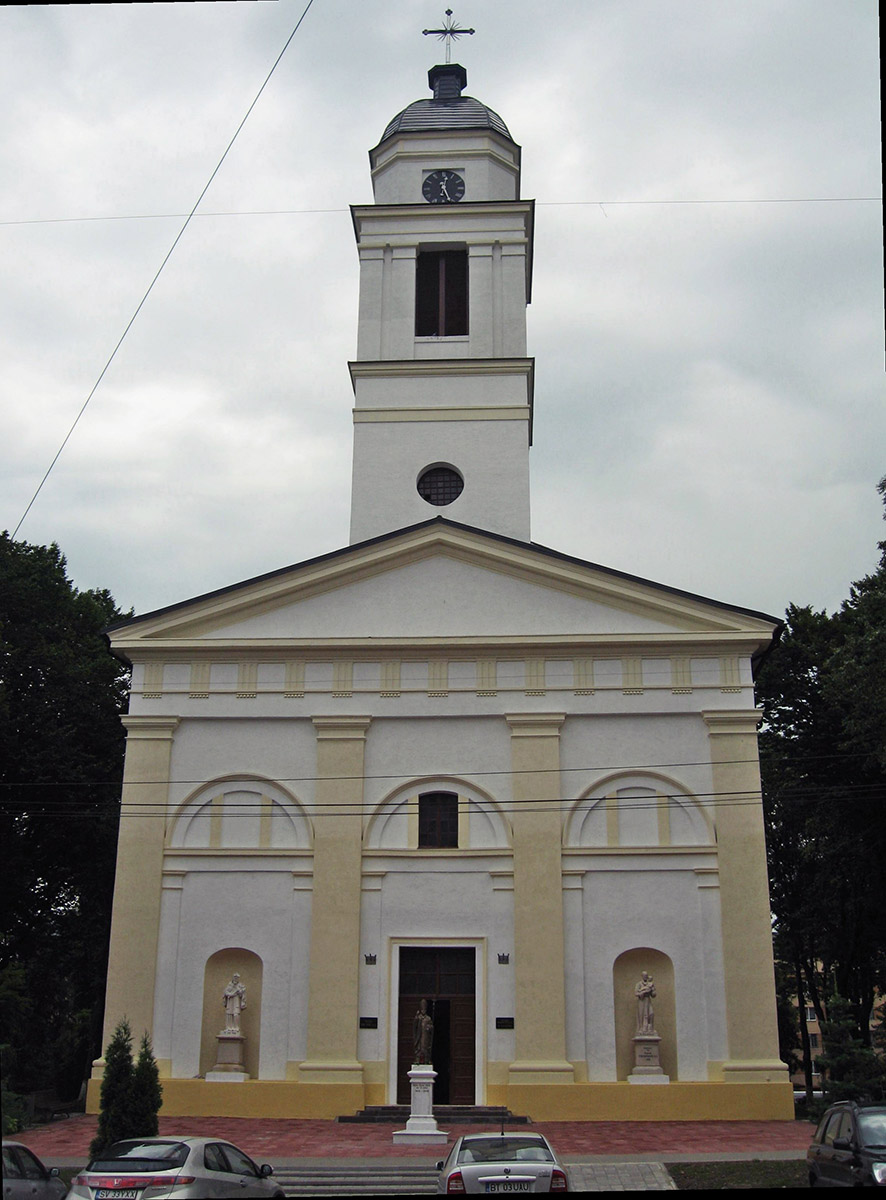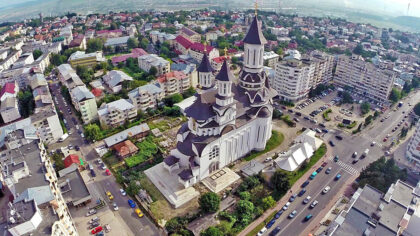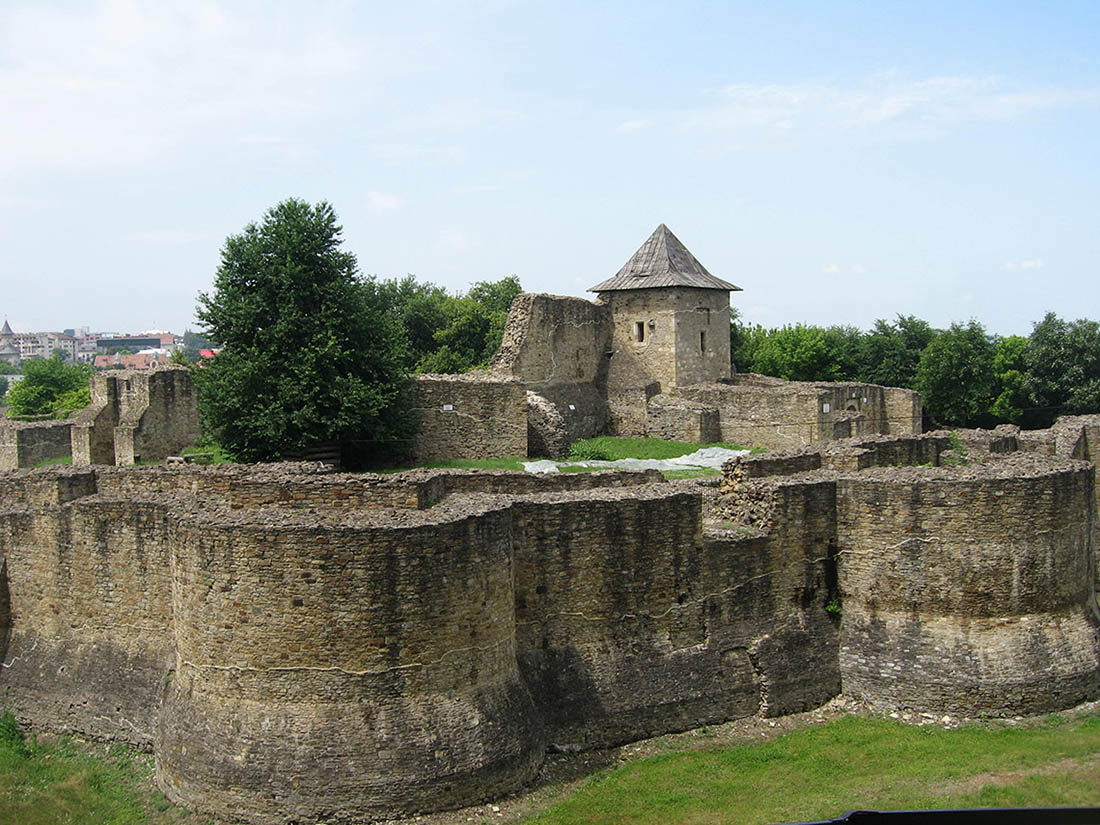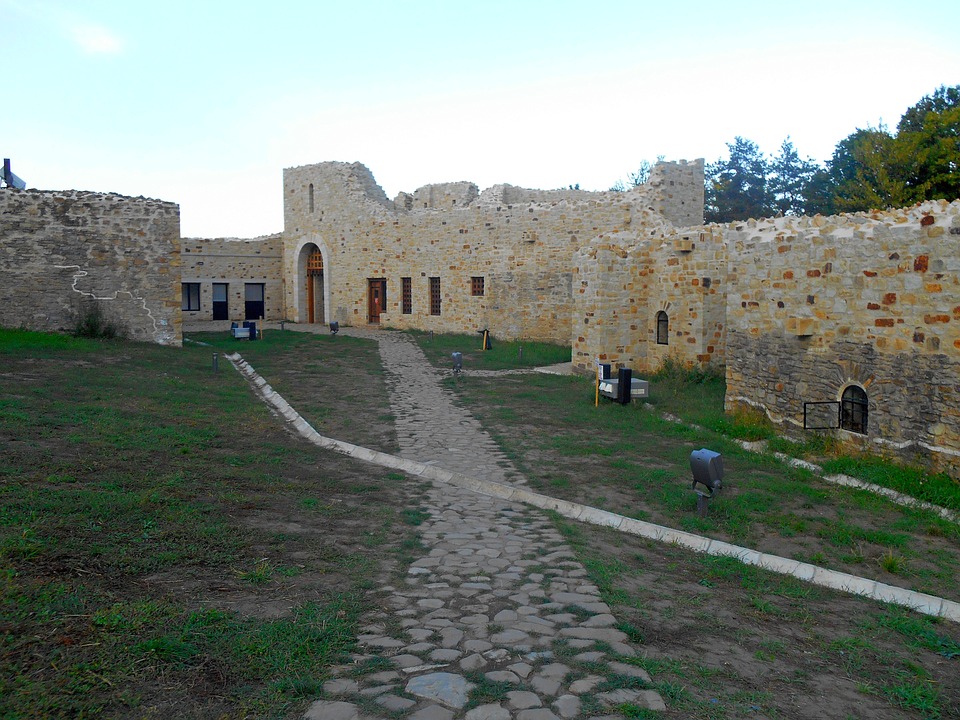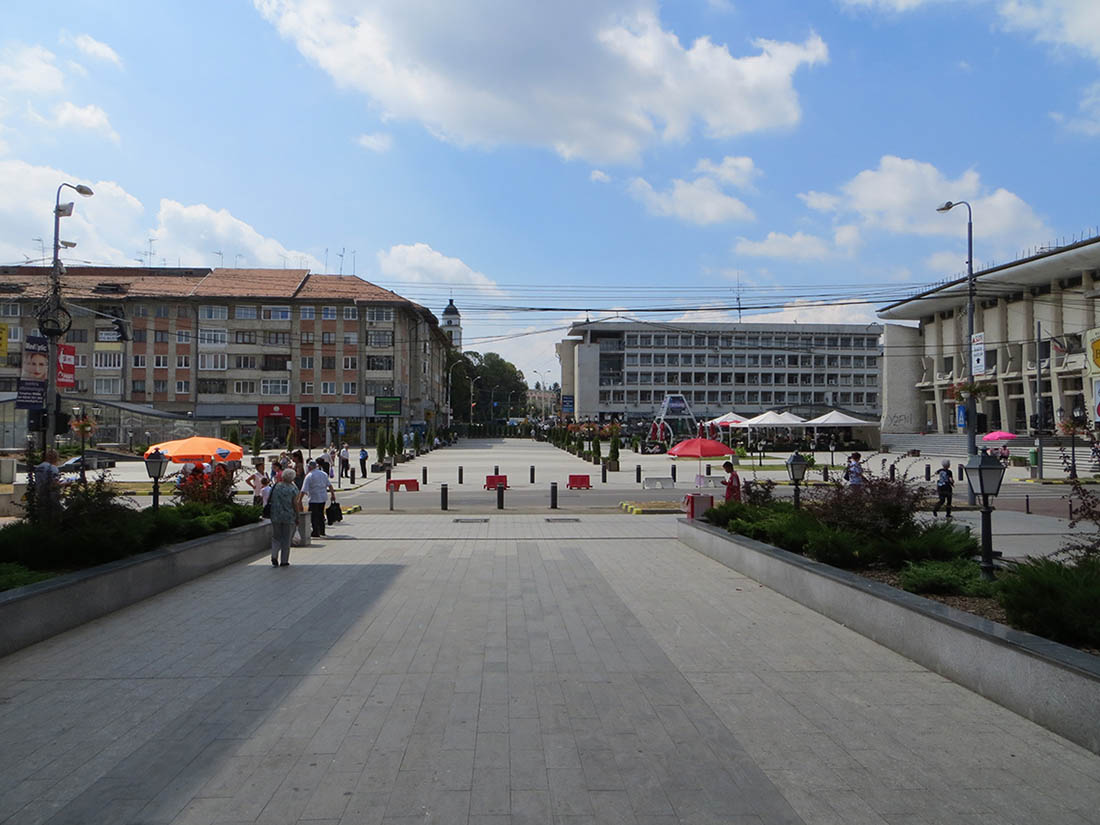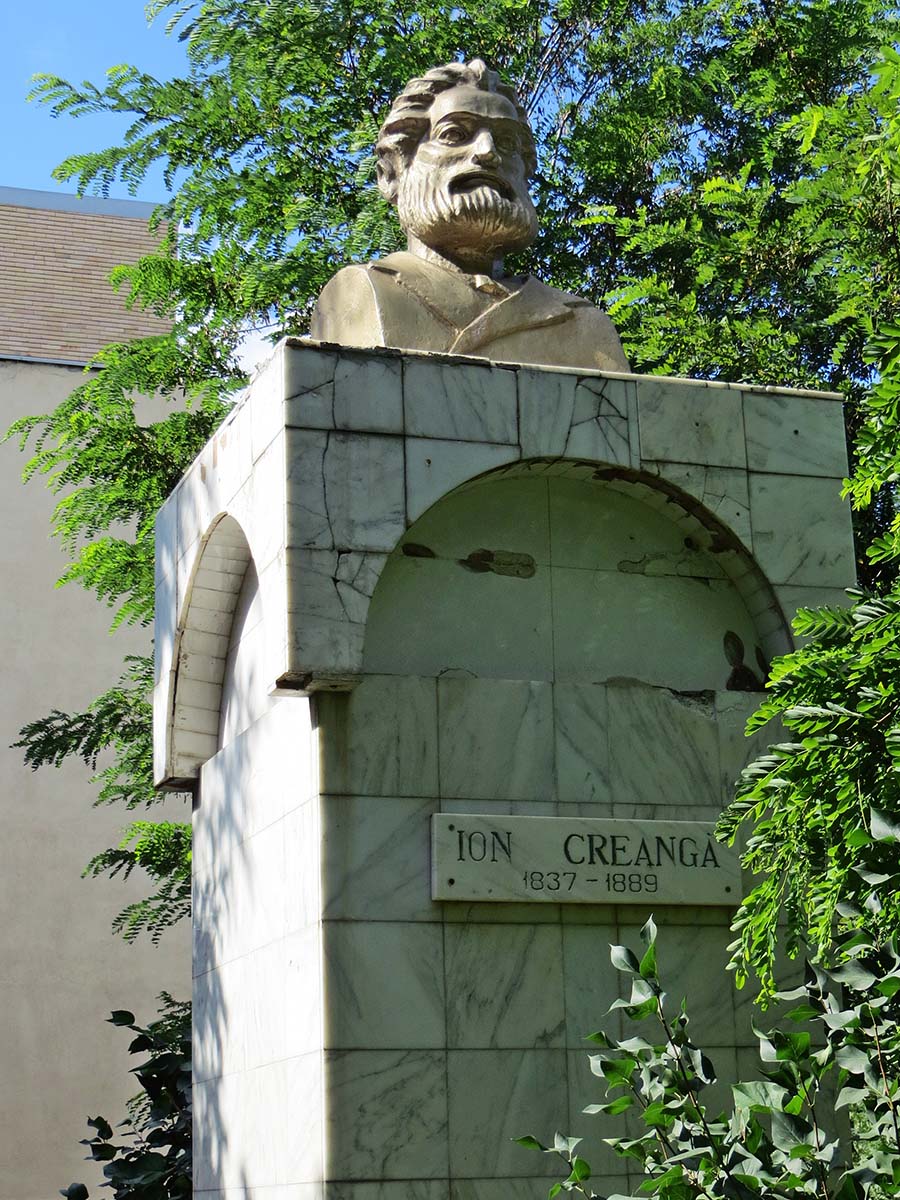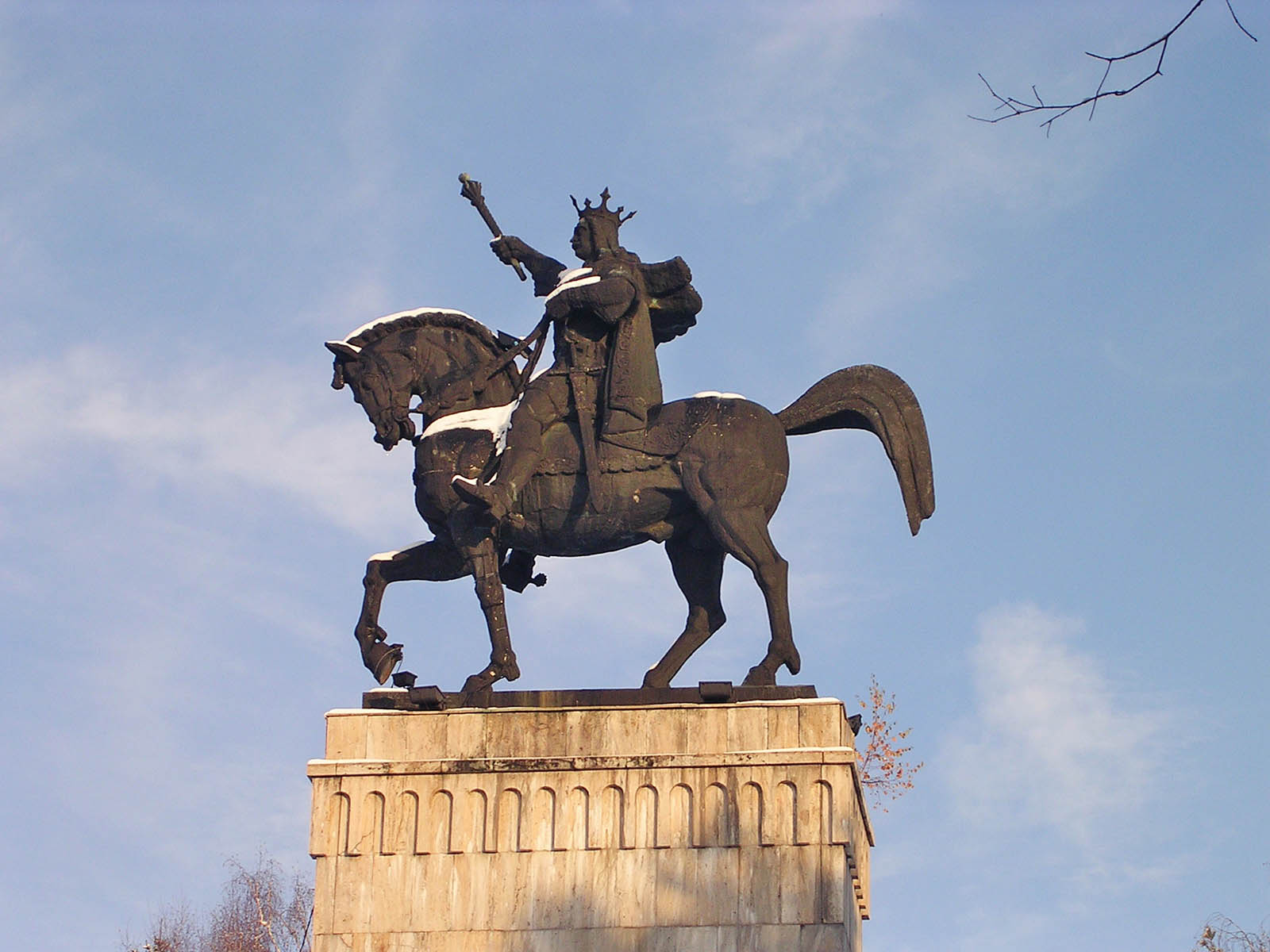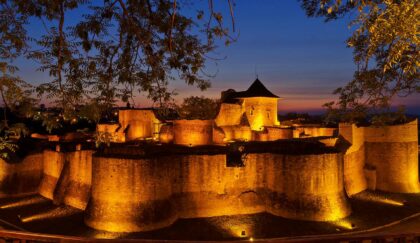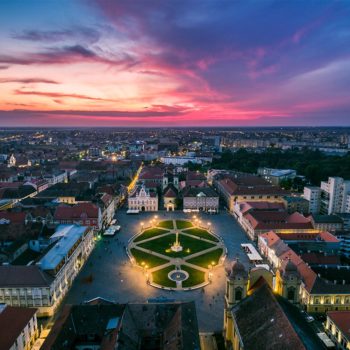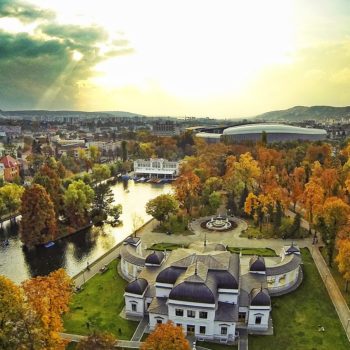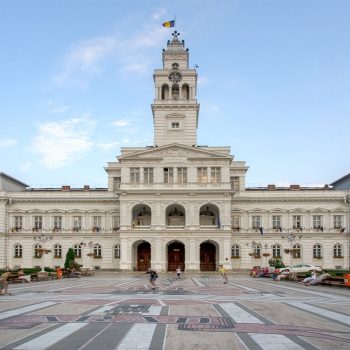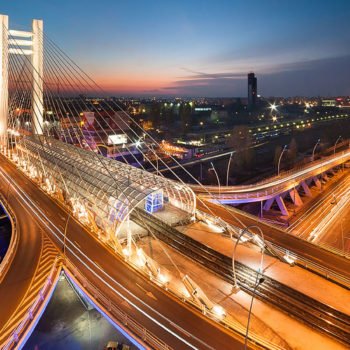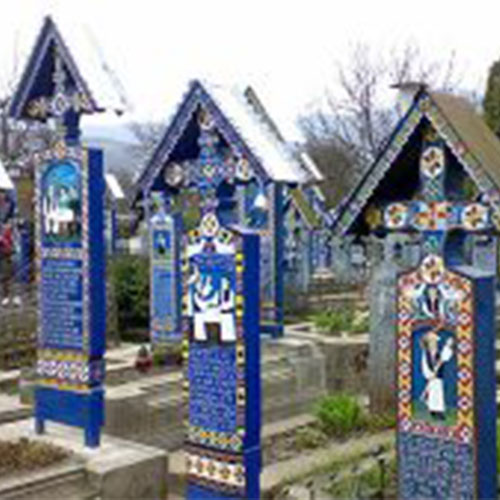Brief description: The city of Suceava is located in the north-east of Romania in the southern half of Bukovina. Suceava was built on the hills and valleys of the Suceava river of the same name.
The city is located at a junction of several railway lines such as Suceava-Gura Humorului, Chernivtsi-Suceava and Suceava-Roman, as well as the European routes E58 and E85. Ştefan cel Mare Airport is located near the city.
More information – Historical Attractions Sightseeing features
Suceava was first mentioned in the 14th century. From 1375 to 1565 it was the capital of the Principality of Moldova, from 1401 the seat of the Metropolitan of the Principality. 1774/1775-1918 the city belonged as part of Bukovina to the Habsburg monarchy and from 1867 to Austria-Hungary, since November 1918 to Romania.
Sightseeing features
The fortress of Suceava
Suceava Fortress was part of the fortification system built across Moldova in the late 14th century when the Ottoman threat emerged. The medieval fortification system consisted of several fortified settlements (royal courts, high monasteries and strategically important citadels) for defensive purposes, reinforced with stone walls, earthen ramparts or deep ditches. The fortress in Suceava was built by Peter I Muşat in the late 14th century and completed by Stephen the Great in the 15th century.
Unfortunately, only half of the Suceava Fortress is preserved today, but it is no less impressive and definitely worth a visit.
Suceava Planetarium
A ZKP 2 top projector is installed in the 80-seat planetarium, with which it is possible to project the sun, moon, planets and about 6000 visible stars with the naked eye on the boreal and Australian skies. The auxiliary projectors indicate the dynamic image of the solar system, the planet Jupiter with the Galilean satellites, the development of the Donati comet, the phenomenon of “shooting stars” and the movement of an artificial satellite.
There is a media library at the top, as well as a 100-seat auditorium equipped with audio-video equipment to hold symposiums, conferences, scientific sessions and documentary screenings.
The terrace and the rotating dome invite to astronomical observations with the telescope (x120) and the Cassegrain telescope (x375). Sunspots, the lunar relief, Jupiter with its Galilean satellites, Saturn’s rings, star clusters, galactic nebulae and astrological phenomena (eclipses, eyepieces, etc.) can be observed here.
In the exhibition room on the ground floor you can visit changing permanent exhibitions such as: “Pages in the history of Romanian astronomy”, “Observers and astronomical instruments in the world”, “The first solar system” or “Beyond the Milky Way”.
Also located here is a “Panorama Pendulum” designed by Nobel laureate Maurice Allais, which is used in gravitational phenomena research.
Sucevita Monastery
The Romanian Orthodox Church within the monastery walls, dedicated to the Resurrection of Jesus Christ, has been one of the eight Moldovan monasteries inscribed on the UNESCO World Heritage List since August 2010.
The Sucevița Monastery was donated by Ieremia Movilă, who was ruler (voivode) of Moldavia from 1595 to 1606, and his brother Simion and built in 1582-1584. The church is surrounded by defensive towers and walls. The monastery is still used today as a nunnery. Embroideries, icons, manuscripts and books can be viewed and purchased in the monastery museum.
The monastery is one of the most beautiful Moldavian monasteries and the only one whose interior and exterior walls are completely covered with murals and whose frescoes are completely preserved inside and outside.


